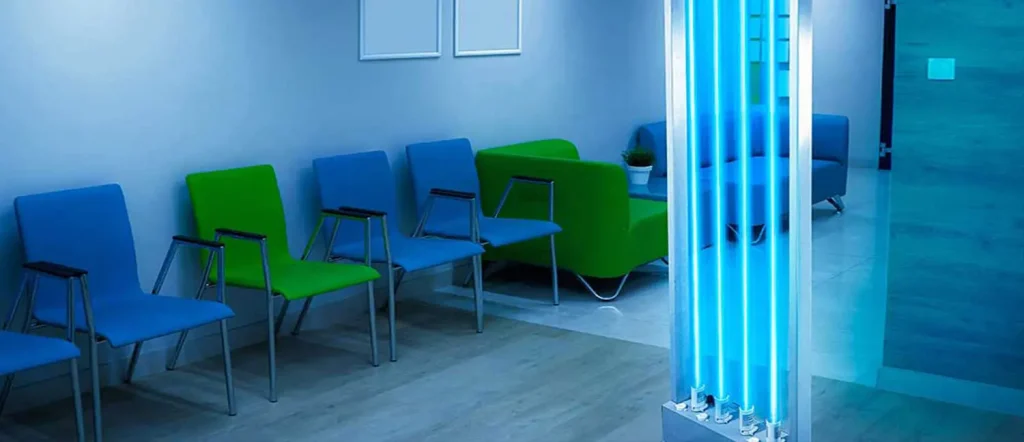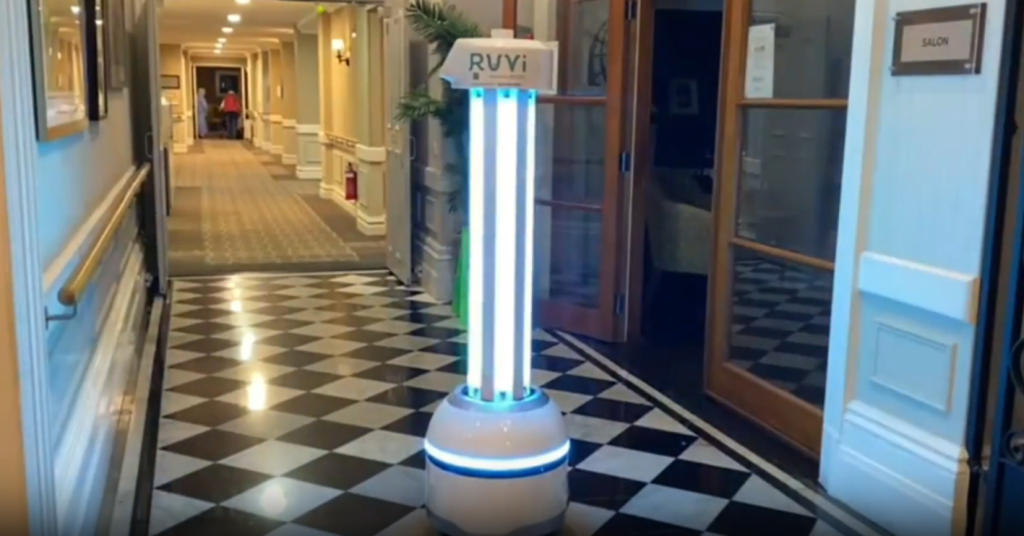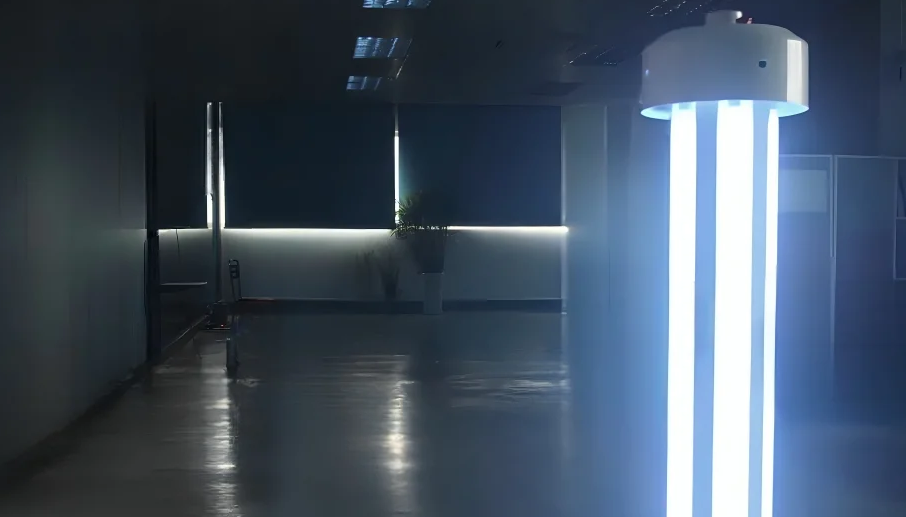Patient safety lies at the heart of every healthcare facility. Yet despite strict hygiene protocols, hospitals and clinics continue to face persistent threats from healthcare-associated infections (HAIs). These infections not only prolong hospital stays and increase treatment costs but also place vulnerable patients at serious risk.
While manual cleaning and chemical disinfectants remain essential, they have limitations in eliminating pathogens from all surfaces and air. Hidden microorganisms can survive even after standard cleaning routines, especially in high-touch zones such as bed rails, medical trolleys and operating equipment.
To strengthen infection prevention, healthcare facilities are increasingly adopting UVC disinfection systems that combine automation, consistency and proven germicidal power.
Understanding the Limits of Manual Disinfection

Traditional disinfection relies heavily on manual labour and chemicals. Although effective against many bacteria and viruses, this method depends on human precision and contact access. Areas behind medical instruments or within air circulation systems are often missed.
Key challenges include:
- Irregular cleaning coverage and missed spots
- Health risks from chemical exposure for staff
- Short-term disinfection with no continuous protection
- Ineffectiveness against airborne pathogens
These gaps have driven hospitals to search for contactless, automated disinfection systems that work beyond surface-level cleaning.
The Science Behind UVC Disinfection
UVC light at 254nm wavelength has been scientifically proven to destroy the DNA and RNA of bacteria, viruses and spores. By preventing microorganisms from replicating, UVC effectively neutralises them without chemicals or residues.

Main advantages include:
- Rapid pathogen elimination within minutes
- Chemical-free sterilisation process
- Compatibility with both air and surface disinfection
- Proven performance through clinical validation
UVC disinfection systems can be installed as fixed units or integrated into automated UVC disinfection robots to ensure consistent exposure across every corner of a room.
How UVC Disinfection Systems Improve Patient Safety
In healthcare environments, where infection control is critical, UVC systems play a vital role in reducing cross-contamination.

1. Consistent disinfection in every cycle
Unlike manual cleaning, UVC systems operate on pre-set schedules, ensuring that rooms and equipment receive complete coverage after every use.
2. Reduction in HAIs
By eliminating microorganisms on surfaces and in the air, hospitals can reduce HAIs caused by pathogens such as MRSA, Clostridium difficile and norovirus.
3. Safer environments for staff and patients
Because no chemicals are used, staff avoid exposure to harsh disinfectants, and patients benefit from cleaner air and surfaces.
4. Real-time monitoring and compliance
Modern UVC disinfection systems include automatic reporting and monitoring, helping infection control teams track cleaning cycles and maintain audit-ready compliance.
MUVi UVC Disinfection Solutions
MUVi provides healthcare facilities with advanced, evidence-based UVC disinfection systems designed for real-world hospital environments.
- UVC Disinfection System – complete infection control solution that integrates UVC light with monitoring and reporting functions.
- RUVi UVC Disinfection Robot – autonomous 254nm UV-C robot capable of killing 99.99% of pathogens, with SLAM navigation, motion-sensor safety stop and cloud-based reporting.
- ViRaTon – airborne and surface disinfection device powered by Photon Electron Technology, continuously operating in occupied rooms to deactivate viruses safely and without chemicals.
Together, these systems form a multi-layered approach: robots for rapid terminal cleaning and ViRaTon for 24/7 background disinfection.
Real-World Use Cases
Operating Theatres: Rapid turnaround and reliable sterilisation between surgeries.
Patient Rooms: Continuous disinfection reduces pathogen load between admissions.
Emergency Departments: Fast cycles improve safety in high-traffic areas.
Intensive Care Units: Protects immunocompromised patients through constant air and surface purification.
Comparison of Disinfection Methods
| Method | Coverage | Safety | Effectiveness | Cost Efficiency |
|---|---|---|---|---|
| Manual Cleaning | Limited, human-dependent | Risk of chemical exposure | Variable | Ongoing labour costs |
| Chemical Disinfection | Good for surfaces | May leave residue | Effective on contact | Recurring chemical costs |
| Air Filtration | Targets airborne particles | Safe | Limited to air only | Filter replacement cost |
| UVC Disinfection System | Surface and air | Safe and chemical-free | 99.99% pathogen elimination | Long-term savings |
Sustainable and Cost-Effective Disinfection
UVC disinfection systems deliver not only health benefits but also operational efficiency. With minimal maintenance and no consumable chemicals, facilities can achieve long-term cost savings while improving sustainability. Automated reporting also reduces manual record-keeping, helping infection control teams save time and resources.
Towards Safer Healthcare Environments
Every hospital strives to create an environment where patients can recover safely. UVC disinfection systems bridge the gap between manual cleaning and continuous protection, ensuring that every surface and every breath within healthcare facilities is as safe as possible.
With proven 254nm technology, contactless operation and 24/7 readiness, these systems represent the future of infection prevention and patient safety.
Frequently Asked Questions
How does a UVC disinfection system differ from manual cleaning?
Manual cleaning removes dirt but may leave behind microscopic pathogens. UVC disinfection uses germicidal light to destroy microorganisms at the DNA level, providing an additional layer of safety.
Can UVC disinfection systems be used while patients are present?
Certain systems like ViRaTon are safe to operate continuously in occupied spaces. Standard UVC robots are used when rooms are unoccupied to ensure exposure control.
Are UVC disinfection systems cost-effective?
Yes. Although initial investment is higher, the long lifespan and lack of consumables make them more economical than chemical disinfection in the long run.
Can UVC disinfection help reduce healthcare-associated infections?
Yes. Hospitals using UVC systems have reported lower rates of HAIs, improved compliance and enhanced overall hygiene standards.
What types of facilities benefit most from UVC disinfection?
Hospitals, clinics, laboratories, dental and pharmaceutical facilities all benefit from the consistent, automated coverage that UVC disinfection provides.

